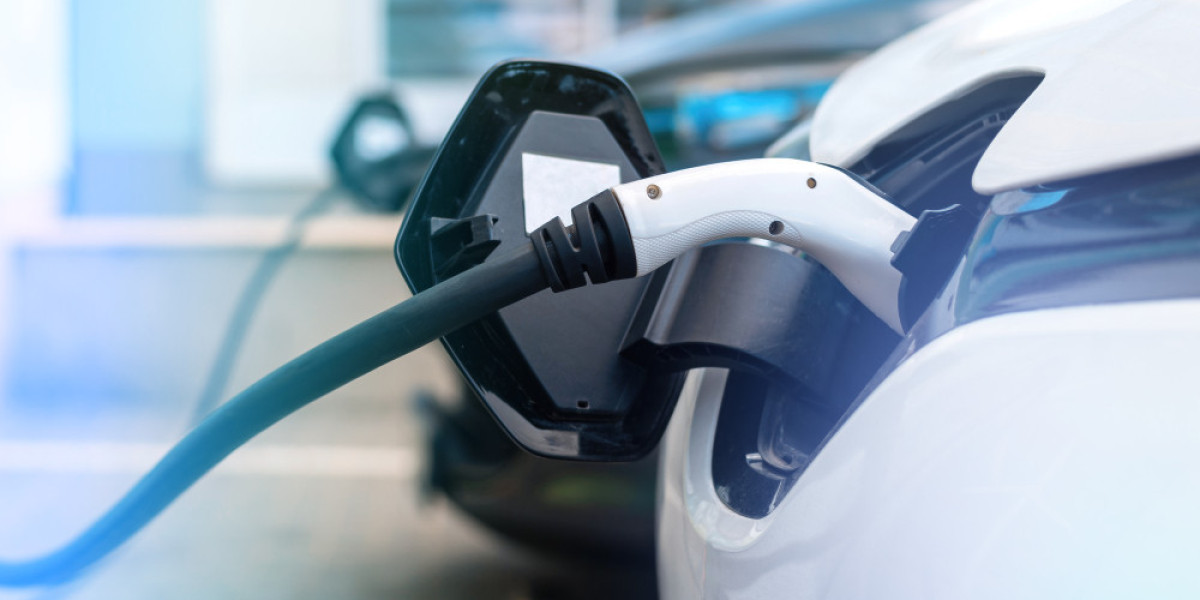Once seen as futuristic, EVs are now mainstream, with governments, automakers, and consumers embracing the shift toward cleaner and more efficient mobility. While the environmental benefits are clear, one of the most important factors influencing adoption is affordability. Buying an EV often involves higher upfront costs compared to traditional cars, making electric vehicle finance an essential tool for most buyers.
In this article, we’ll explore what EV finance means, the different options available, benefits, challenges, and how to make smart financial decisions when purchasing an electric car.
Understanding Electric Vehicle Finance
Electric vehicle finance refers to the range of loan and lease options that help customers purchase or use EVs without paying the full amount upfront. These plans are offered by banks, credit unions, car dealerships, and sometimes directly by automakers. Just like financing a conventional vehicle, EV finance involves choosing between monthly installments, interest rates, and repayment terms that fit your budget.
Since EVs generally have higher purchase prices due to advanced batteries and new technologies, financing helps spread out the cost, making ownership more accessible to a wider audience.
Popular EV Financing Options
There are several ways to finance an electric vehicle, each with unique advantages depending on the buyer’s needs:
1. Auto Loans
Banks and credit unions offer auto loans specifically for EVs. Some institutions even provide incentives such as lower interest rates to promote eco-friendly purchases. With an auto loan, you own the vehicle once the loan is paid off.
2. Leasing
Leasing is another popular choice, especially for people who like upgrading to the latest models every few years. Monthly payments are often lower than loans, but you don’t own the car at the end of the lease. This option is attractive because EV technology evolves quickly, and leasing allows drivers to switch to newer models without long-term commitments.
3. Manufacturer Financing Programs
Automakers often provide their own finance plans. For example, some brands offer low-interest loans, flexible lease terms, or cash rebates to encourage EV adoption. Lexus, for instance, provides specialized plans such as Lexus Electric Vehicle Finance, helping buyers access premium electric models with tailored financial solutions.
4. Government-Backed Loans and Subsidies
In some regions, governments partner with financial institutions to provide subsidized loans or grants for EV buyers. These incentives can significantly reduce borrowing costs and overall expenses.
Benefits of Financing an EV
Financing an electric vehicle has several advantages beyond just affordability:
Budget-Friendly Payments: Spreading the cost over several years makes EV ownership accessible to more people.
Access to Incentives: Some financing plans include benefits like reduced interest rates for eco-friendly purchases.
Tax Credits and Rebates: Buyers may qualify for federal or state tax credits, which reduce the effective cost of financing.
Flexibility: Leasing or shorter-term loans allow drivers to upgrade frequently as battery technology and performance improve.
Challenges to Consider
While EV finance opens opportunities, there are challenges to keep in mind:
Higher Upfront Costs: Even with financing, the starting price of EVs can be higher than comparable gasoline vehicles.
Depreciation: EVs sometimes depreciate faster due to rapid advancements in battery technology, which can affect resale value.
Charging Infrastructure: If you live in an area with limited charging stations, ownership might not be as convenient.
Insurance Costs: Insurance premiums for EVs can be slightly higher, though this varies depending on the model and coverage.
Tips for Smart EV Financing
If you’re planning to finance an electric vehicle, consider these practical tips to get the best deal:
Compare Lenders: Shop around for loans from banks, credit unions, and manufacturer programs.
Check for Incentives: Research federal, state, and local rebates or tax credits.
Evaluate Lease vs. Loan: Decide whether ownership or flexibility is more important to you.
Calculate Total Cost of Ownership: Include charging costs, maintenance, insurance, and potential savings from tax credits.
Think Long-Term: Consider how battery warranties and resale values align with your financial goals.
The Future of EV Financing
As demand for EVs continues to grow, financing options are evolving to make them more attractive. Lenders and manufacturers are experimenting with innovative models, such as subscription services that bundle financing, maintenance, and insurance into a single monthly fee. With battery prices dropping and charging infrastructure expanding, financing will likely become even more accessible, helping more consumers transition to clean energy vehicles.
Conclusion
Electric vehicle finance is a crucial part of the transition to sustainable mobility. It bridges the gap between higher upfront costs and long-term affordability, giving more people the chance to experience the benefits of EVs. Whether through loans, leases, or manufacturer-backed programs, financing offers flexible pathways to ownership.
By researching your options, taking advantage of incentives, and carefully planning, you can make an informed decision that fits your budget and lifestyle. As the industry grows, financing will continue to play a vital role in making electric cars the new standard for drivers worldwide.



